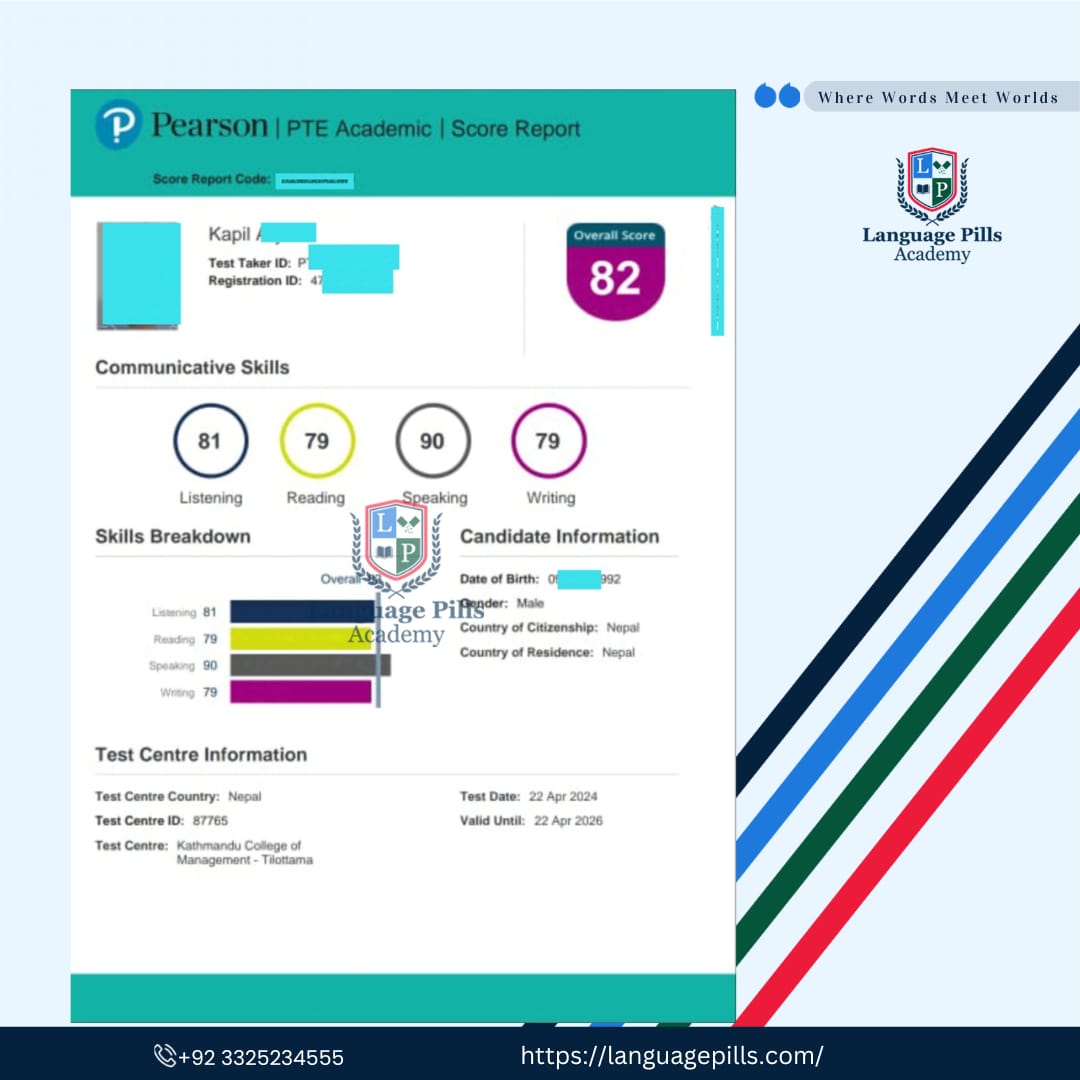Yesterday, I experienced a proud moment as one of my Nepali students scored a perfect 𝟵𝟬 in the 𝘀𝗽𝗲𝗮𝗸𝗶𝗻𝗴 𝘀𝗲𝗰𝘁𝗶𝗼𝗻 of his English proficiency exam. This achievement was particularly significant because he had been struggling with 𝗽𝗿𝗼𝗻𝘂𝗻𝗰𝗶𝗮𝘁𝗶𝗼𝗻 𝗱𝗶𝗳𝗳𝗶𝗰𝘂𝗹𝘁𝗶𝗲𝘀, a common challenge among 𝗡𝗲𝗽𝗮𝗹𝗶 𝗹𝗲𝗮𝗿𝗻𝗲𝗿𝘀 𝗼𝗳 𝗘𝗻𝗴𝗹𝗶𝘀𝗵. As an instructor, this prompted me to reflect on some key features of English pronunciation that often cause 𝗶𝗻𝘁𝗲𝗹𝗹𝗶𝗴𝗶𝗯𝗶𝗹𝗶𝘁𝘆 𝗶𝘀𝘀𝘂𝗲𝘀 for Nepali speakers. By understanding these differences, we can better address and overcome these challenges.
𝟭. 𝗣𝗼𝘀𝘁𝗮𝗹𝘃𝗲𝗼𝗹𝗮𝗿 𝗔𝗳𝗳𝗿𝗶𝗰𝗮𝘁𝗲𝘀 [𝘁ʃ] 𝗮𝗻𝗱 [𝗱ʒ]
One of the key pronunciation difficulties for Nepali learners lies in the articulation of 𝗽𝗼𝘀𝘁𝗮𝗹𝘃𝗲𝗼𝗹𝗮𝗿 𝗮𝗳𝗳𝗿𝗶𝗰𝗮𝘁𝗲𝘀, such as [𝘁ʃ] (as in chair) and [𝗱ʒ] (as in jump). These sounds do not exist in the Nepali phonetic system in their exact English forms. Instead, Nepali speakers often substitute similar sounds, like [𝘁𝘀] and [𝗱𝘇], which can impact intelligibility.
For instance, the English [𝘁ʃ] sound is sometimes replaced with the laminal contact alveolar sound [𝘁𝘀], which may not differ much in perception but can still pose difficulties for clarity. Similarly, the voiced postalveolar affricate [𝗱ʒ] might be substituted with a voiced alveolar fricative [𝘇], leading to words like language being pronounced as [𝗹æŋɡwɪ𝘇] or [𝗹æŋɡwɪ𝗱𝘇]. While this may not drastically alter meaning, it can affect fluency and precision in communication.
𝟮. 𝗣𝗼𝘀𝘁𝗮𝗹𝘃𝗲𝗼𝗹𝗮𝗿 𝗙𝗿𝗶𝗰𝗮𝘁𝗶𝘃𝗲𝘀 [𝗌] 𝗮𝗻𝗱 [𝘇]
Another common challenge involves the correct articulation of postalveolar fricatives, such as [ʃ] (as in she) and [ʒ] (as in measure). These sounds are produced further back in the mouth compared to their alveolar counterparts [𝘀] and [𝘇]. In Nepali, speakers often replace the postalveolar fricative [ʃ] with the voiceless alveolar fricative [𝘀], leading to substitutions like [𝘀𝘂:𝘇] for shoes.
Understanding the difference between [ʃ] and [𝘀] requires awareness of tongue placement. For [ʃ], the tongue is positioned slightly further back than for [𝘀], and the lips are more rounded. Common words that pose difficulty include:
- Shoes (/ʃuː/) often becomes [𝘀𝘂:𝘇].
- Shelter (/ʃel·tər/) may sound like [𝘀el·tər].
- Sheer (/ʃɪr/) might be pronounced as [𝘀ɪr].
The same occurs with [ʒ], which is a voiced postalveolar fricative found in words like measure (/ˈmɛʒər/). Nepali speakers might replace this with [𝘇], leading to pronunciation shifts in words like:
- Leisure (/ˈliʒər/ or /ˈlɛʒər/) becomes [ˈlɪzər].
- Pleasure (/ˈplɛʒər/) is pronounced [plɛzər].
- Treasure (/ˈtrɛʒər/) shifts to [trɛzər].
𝟯. 𝗧𝗵𝗲 𝗦𝗶𝗯𝗶𝗹𝗮𝗻𝘁 𝗗𝗶𝗳𝗳𝗲𝗿𝗲𝗻𝗰𝗲: /𝘀/ 𝘃𝘀. /ʃ/
A crucial distinction Nepali learners need to grasp is the difference between the sibilant sounds /𝘀/ and /ʃ/. The /ʃ/ sound, as in she or shoes, is produced with a more rounded mouth shape and involves placing the tongue slightly further back in the mouth compared to the /𝘀/ sound, as in sea.
For many Nepali learners, this contrast can be subtle but crucial for clear communication. Mastering these distinctions is essential to avoid confusion between minimal pairs like sea (/𝘀iː/) and she (/ʃiː/).
𝟰. 𝗢𝘃𝗲𝗿𝗰𝗼𝗺𝗶𝗻𝗴 𝗣𝗿𝗼𝗻𝘂𝗻𝗰𝗶𝗮𝘁𝗶𝗼𝗻 𝗖𝗵𝗮𝗹𝗹𝗲𝗻𝗴𝗲𝘀
Recognizing these pronunciation patterns is the first step toward improvement. By focusing on the physical articulation of these sounds—such as tongue placement and mouth rounding—Nepali learners can work on fine-tuning their pronunciation. With consistent practice and guidance, these learners can make significant progress, as evidenced by my student’s recent success.
Ultimately, identifying these common challenges not only helps improve intelligibility but also builds the confidence Nepali learners need to excel in English-speaking environments. Whether for academic exams or everyday communication, understanding these nuances can make a world of difference.
𝘁𝗼 𝗸𝗻𝗼𝘄 𝗺𝗼𝗿𝗲 𝗮𝗯𝗼𝘂𝘁 𝗵𝗼𝘄 𝘁𝗼 𝗽𝗿𝗼𝗻𝗼𝘂𝗻𝗰𝗲 𝘁𝗵𝗲𝘀𝗲 𝘀𝗼𝘂𝗻𝗱𝘀, 𝗰𝗵𝗲𝗰𝗸 𝗺𝘆 𝗬𝗼𝘂𝗧𝘂𝗯𝗲 video:



